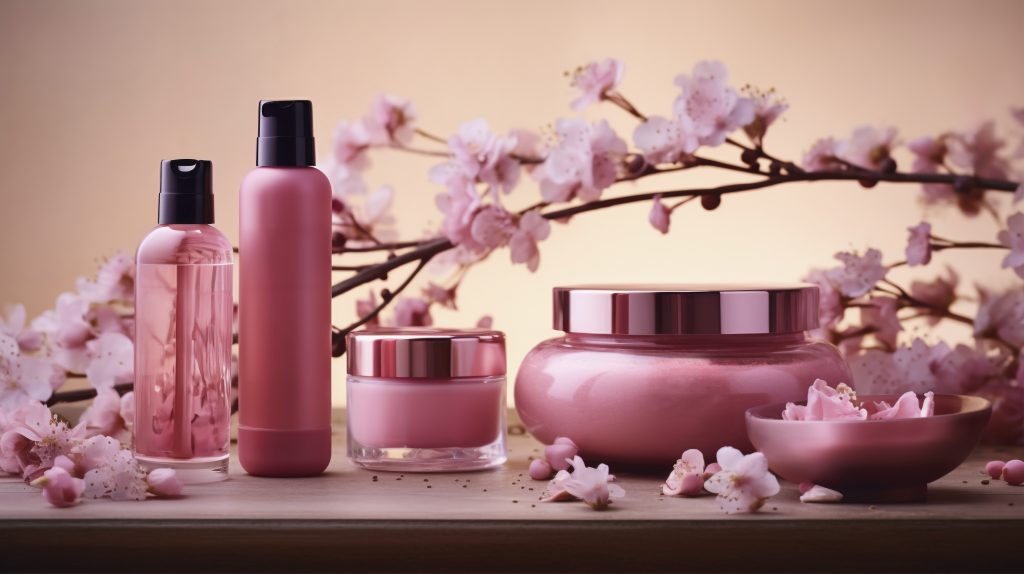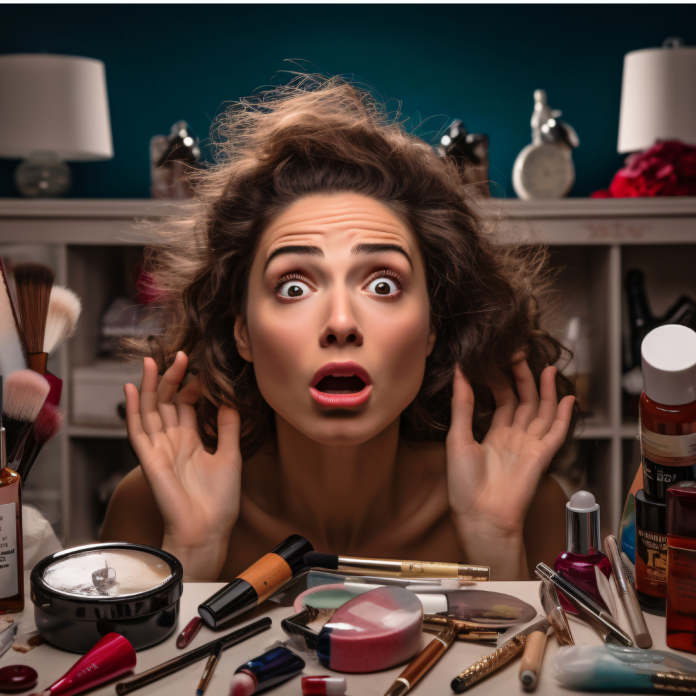The Big Picture
India’s beauty market and personal care (BPC) sector is no longer a niche; it’s an economic force. Valued at USD 28 billion in 2024 and projected to reach USD 48.3 billion by 2033 (CAGR ~5.6%) (IMARC Group), it mirrors a rising class of aspirational consumers fuelled by social media, influencer culture, and e-commerce.
Yet, amid this growth, a paradox persists: while homegrown players like Nykaa and Sugar Cosmetics are rewriting India’s retail story, the premium beauty segment remains dominated by global giants like Sephora, L’Oréal, and Estée Lauder.
India’s Beauty Boom And the Scale Behind It
The market’s momentum is unmistakable. India is now the world’s fastest-growing beauty and personal care market, expected to hit USD 34 billion by 2028 (CNBC TV18).
- The luxury beauty segment, valued at roughly USD 800 million, could expand fivefold to USD 4 billion by 2035 (Reuters).
- Online retail accounts for a third of BPC sales, with strong traction in Tier-2 and Tier-3 markets.
- The average Indian consumer now spends 3× more on beauty products than five years ago, signalling a clear shift towards self-expression and premiumisation.

Homegrown Successes: Nykaa Leads the Charge
Nykaa has become the benchmark for Indian beauty retail. Its “House of Nykaa” brands achieved ₹2,100 crore GMV in FY25, growing at a 52% CAGR over five years (Economic Times).
The company reported ₹11,800+ crore GMV in its beauty vertical in FY25 (Entrepreneur India), combining online scale with 237 physical stores across 79 cities.
Meanwhile, L’Oréal India grew just 5% in FY25, reflecting growing D2C competition (Economic Times). The balance of power is clearly shifting, but not yet at the premium end.
Why India Still Doesn’t Have a ‘Sephora’
Despite strong fundamentals, Indian players face structural barriers to global-scale prestige retail:
- Perception Gap – Consumers still associate luxury with foreign brands; Indian players struggle to project “aspiration” at the same global standard.
- Capital Intensity – Premium retail requires deep investments in stores, sampling, curation, and training elements, difficult to sustain with D2C economics.
- Margin Pressure – High customer acquisition costs, influencer spends, and heavy discounting squeeze profitability.
- Experience Deficit – True luxury relies on immersive service and storytelling, something few Indian brands have fully mastered.
The Changing Consumer
India’s new-age consumers are demanding, informed, and digitally fluent. They want:
- Ingredient transparency and clean beauty credibility.
- Personalisation powered by diagnostics and data.
- Seamless omni-channel convenience: try in-store, buy online.
- Community-driven discovery, fuelled by creators and reviews.
The aspirational premium shopper expects global quality but at local accessibility and price.
Can India’s beauty market Build Its Own Prestige Giant?
The answer lies in patience, capital, and brand ambition.
- Players like Nykaa and Sugar are positioned to evolve into multi-brand prestige ecosystems.
- Future success will hinge on tech-enabled experiences (AI/AR try-ons), strategic M&A of niche brands, and elevated retail storytelling.
- If executed well, India’s next luxury beauty revolution could be homegrown—and exported.
The foundation exists; what’s missing is a unifying brand with the vision, depth, and experience to become ‘India’s Sephora.‘


